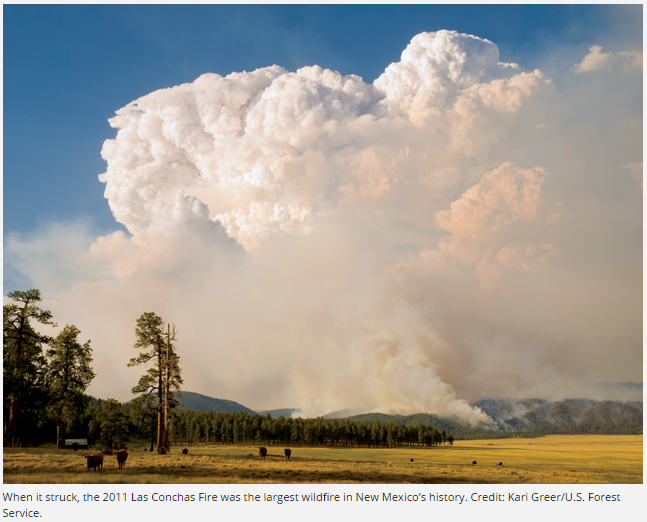
The official list of cloud types has been updated and issued online today by the WMO. Volutus, asperitas, flucus and flammagenitus to name a few.
The 23rd March is World Meteorological Day and this year it is all about the clouds. This has resulted in some gorgeous photos being shared online, whole new cloud species being acknowledged and named but there is a more serious note to 'Understanding Clouds'.
Understanding Clouds is the theme of World Meteorological Day 2017 to highlight the enormous importance of clouds for weather climate and water. Clouds are central to weather observations and forecasts. Clouds are one of the key uncertainties in the study of climate change: we need to better understand how clouds affect the climate and how a changing climate will affect clouds. Clouds play a critical role in the water cycle and shaping the global distribution of water resources.
There is also a new version of the International Cloud Atlas, the go-to reference book for identifying clouds. It also now includes a few newly classified cloud types and it is accessible online. It was last revised back in 1987 when it was a hard copy book, so this is now a very usable update from the World Meteorological Organisation WMO.
What's New?

Five new “special clouds:” cataractagenitus, flammagenitus, homogenitus, silvagenitus and homomutatus. The suffix genitus indicates localised factors that led to cloud formation or growth, while mutatus is added when these caused the cloud to change from a different form. These special clouds are influenced by large waterfalls, localised heat from wildfires, saturation of air above forests and humans.
An example of Homogenitus clouds being contrails from aircraft. Above flammagenitus from wild fires.

Five new supplementary features have been added: asperitas, cavum, cauda (often known as tail cloud), fluctus (widely known as Kelvin-Helmholtz wave) and murus (known as wall cloud).

A new accessory cloud, flumen, has been included. Commonly known as “beaver’s tail,” it is associated with a supercell severe convective storm.
Asperitas
Classification of Clouds
There are ten basic cloud “genera,” which are defined according to where in the sky they form and their approximate appearance. The new International Cloud Atlas has made no additions to these ten genera.
Most cloud names contain Latin prefixes and suffixes which, when combined, give an indication of the cloud’s character. Like Nimbostratus/Altocumulus. These include:
The ten genera are subdivided into “species,” which describe shape and internal structure, and “varieties,” which describe the transparency and arrangement of the clouds. In total, there are about 100 combinations. Such as congestus, lenticularis, fractus or castellanus.
So new species on the block, VOLUTUS is a roll cloud (from the Latin volutus which means rolled), and occurs within the genera Altocumulus and Stratocumulus. It describes a long, typically low, horizontal tube shaped cloud mass that often appears to roll about a horizontal axis.
Roll cloud
The best known of supplementary features is asperitas (from the Latin for roughness). The Cloud Appreciation Society argued for a new classification to be used to describe clouds with this appearance and are now celebrating this recognition.